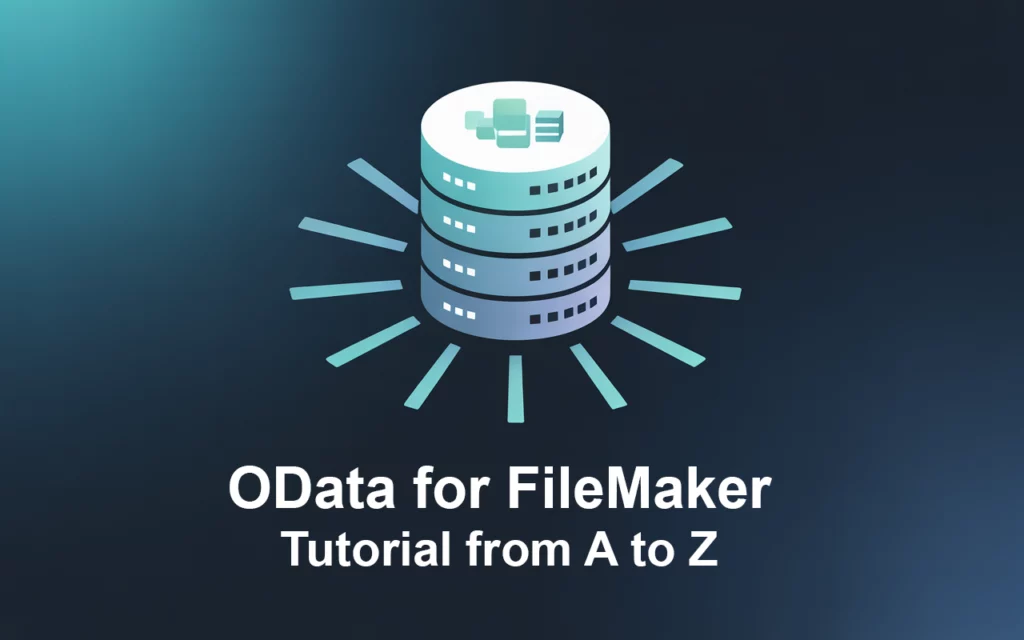Visual Studio Code (VSCode) is a powerful, lightweight code editor, and Git is a robust version control system. Together, they make for a formidable toolset for modern software development. This guide will walk you through installing VSCode and Git on Windows, setting up a new project, version controlling it with Git, and pushing your project to GitHub.
Part 1: Installation
Installing Visual Studio Code
- Download VSCode:
- Navigate to the VSCode download page and download the Windows installer.
- Run the Installer:
- Execute the downloaded file and follow the installation prompts. I recommend ticking all the checkboxes to integrate VSCode into the shell (context menu integration is particularly handy).
Installing Git
- Download Git for Windows:
- Go to the official Git website and the download should start automatically.
- Run the Git Installer:
- Open the downloaded file and proceed through the setup. Default settings usually work well, but ensure you select a terminal emulator that you’re comfortable with, and choose to have Git added to your system PATH.
Part 2: Setting Up Your Project in VSCode
- Create a New Project Folder:
- Right-click in the folder where you want your project to live, select “New” -> “Folder,” name it, and navigate into it.
- Open the Project in VSCode:
- Right-click within your new folder and select “Open with Code” to open the folder as a project in VSCode.
- Create Your Project Files:
- In VSCode, go to
File->New Fileto create new files such asindex.html,app.js, or whatever your project requires. Save them with the appropriate extensions.
- In VSCode, go to
3: Initialize Git Repository
Initializing Your Project with Git
- Open the Integrated Terminal in VSCode:
- Use the shortcut
Ctrl + `` (backtick) or navigate toTerminal->New Terminal` from the top menu.
- Use the shortcut
- Initialize Git:
- In the terminal, type:
git init - This command creates a new
.gitdirectory in your project folder, which Git uses to track changes.
- In the terminal, type:
Adding Files to Source Control
- Add New Files to Git:
- After creating your files, use the command:
git add . - The period
.adds all new and changed files to the staging area, preparing them for a commit.
- After creating your files, use the command:
- Commit the Changes:
- Save your staged changes with a message:
git commit -m "Initial project setup" - Good commit messages are short yet descriptive, conveying the purpose of the changes.
- Save your staged changes with a message:
Part 4: Pushing to GitHub
Creating a Repository on GitHub
- Create a New Repository:
- Go to GitHub and log into your account.
- Click on the “+” icon in the top right corner, then select “New repository”.
- Name your repository, choose its visibility (public or private), and leave all other options unchecked for an existing project. Click “Create repository”.
Linking Your Local Repository to GitHub
- Add Remote Repository in VSCode:
- GitHub will provide a URL for your new repository. Copy this URL.
- Back in VSCode’s terminal, link your local repository to the GitHub repository with:
git remote add origin YOUR_REPOSITORY_URL - Replace
YOUR_REPOSITORY_URLwith the one provided by GitHub.
- Push to GitHub:
- Now, push your code with:
git push -u origin master - This sets the remote
originas the default upstream for your localmasterbranch.
- Now, push your code with:
Checking the Status and Troubleshooting
- Git Status:
- To ensure that all your files are added and committed, use:
git status - This command lists all the files that are staged, unstaged, or untracked.
- To ensure that all your files are added and committed, use:
- Troubleshooting Push Issues:
- If you encounter errors when pushing, make sure:
- You have internet connectivity.
- Your GitHub URL is correct.
- You have permission to push to the GitHub repository.
- If you are asked for credentials, ensure you provide your GitHub username and password. If you have two-factor authentication (2FA) enabled, you’ll need to use a personal access token.
- If you encounter errors when pushing, make sure:
Conclusion
Congratulations! You’ve now set up Visual Studio Code, initialized a Git repository for your project, and pushed your project to GitHub. This setup provides a solid foundation for version control and collaboration for your development projects. Remember to commit often, write meaningful commit messages, and regularly push your changes to GitHub. Happy coding!








